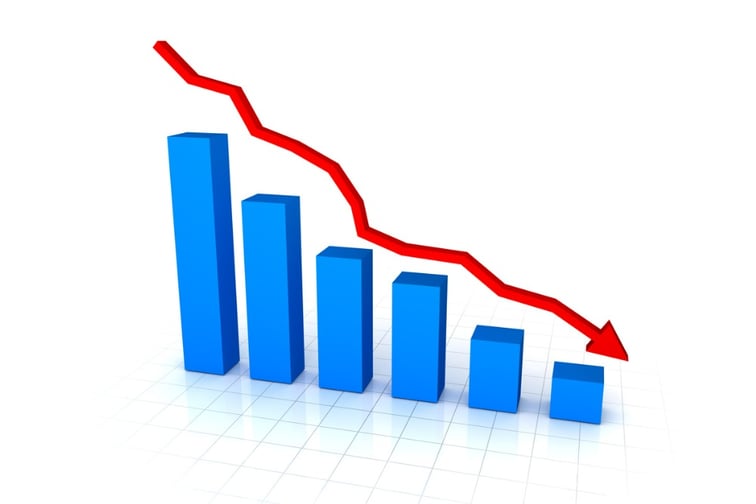

In its latest Natural Catastrophe Review, WTW reports that 2023 marks the fourth consecutive year of global insured losses exceeding $100 billion. With total economic losses surpassing $350 billion, a persistent protection gap is evident, indicating that such substantial losses are becoming increasingly routine.
The review provides insights into the events of the past year, the lessons learned, and future projections. It goes over the severe weather in the US, the hurricane activity in the North Atlantic in the context of a changing climate, and the impact of the Panama Canal drought on global shipping.
Secondary perils, such as severe convective storms, wildfires, droughts, and floods, had significant economic and societal impacts in 2023, drawing the attention of risk managers. In the US, insurers experienced the most expensive year on record for severe convective storms (SCS), with total claims surpassing $50 billion.
The traditional threshold for a challenging year, defined by annualized losses from US convective storms ranging between $20 billion and $30 billion, is now being reconsidered. WTW notes that the unprecedented damage in 2023 and the continued growth of property exposures call for a reassessment of these benchmarks.
“In a world increasingly shaped by aging infrastructure, climate change, and urban growth into risk-prone areas, we are now facing disasters that were either not anticipated or deemed unlikely just a few years ago. Beyond economic damages, 2023 highlighted the need for a proactive approach to risk identification, mitigation and adaptation,” WTW Research Network head of modelling research and innovation Cameron Rye said.
What are your thoughts on this story? Please feel free to share your comments below.
